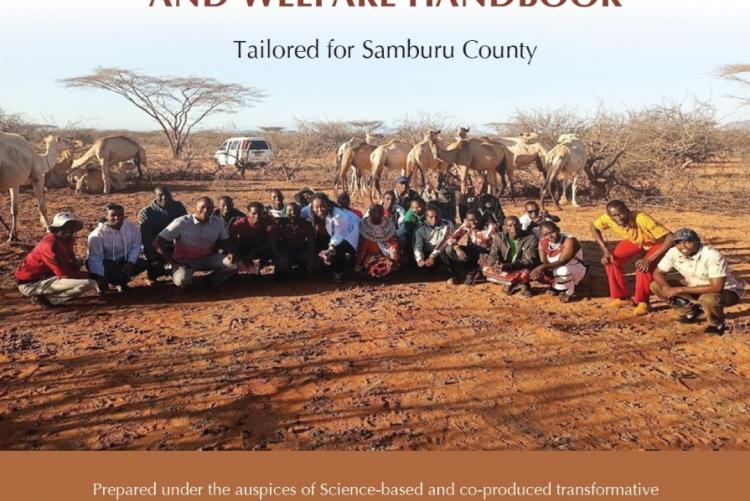The role of camels in livelihoods of Kenya pastoral communities has increased in the recent past event among traditionally cattle keepers. This has been seen has adaptive management strategy in response to increasing climatic variability and change. This change has been particularly evident among the Samburu community of northern Kenya. Camel keeping among the community appears to be a success story of a locally driven initiative by people who are typically thought to be amongst the most vulnerable to climate change and to have ‘low adaptive capacity’. The initiative has also been taken up by development organizations as well as the county governments, which have started to help communities restock with camels viewed as ‘the most resilient livestock. The County government of Samburu for example has been donating camels to vulnerable households as a means to build their resilience after majority lost their cattle, goats and sheep to droughts, diseases and/or theft. Increase in bush encroachment and subsequent decline in grazing capacity, increase in resource-based conflicts in the county may have also informed the choice of camel as preferred alternative species. Whereas the initiative to donate camels to vulnerable households was noble, it was noted that a number of them sold off the camels soon after due to lack of husbandry skills and/or demand for immediate basic needs. Click here to access the Book
- Log in to post comments

